Shepherd's Purse
A common weed that is easy to control in some crops but difficult to control in canola and in reduced tillage systems.
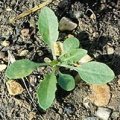 |
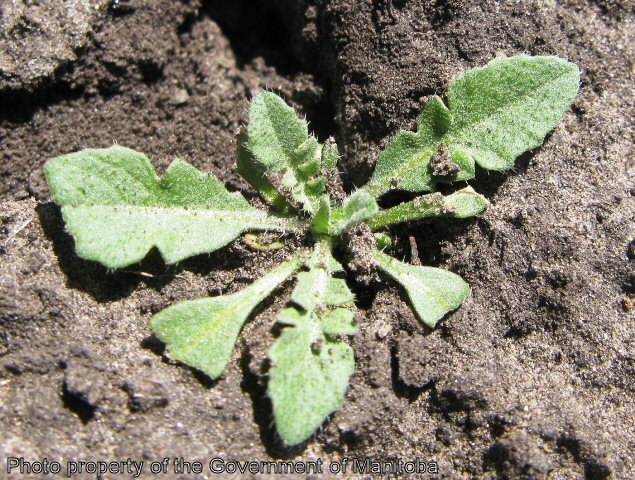 click to enlarge |
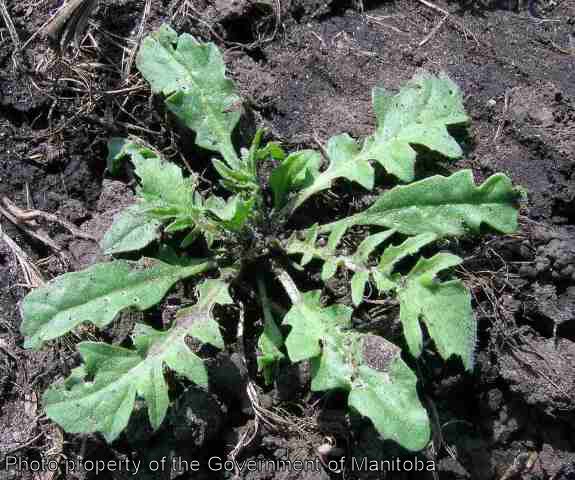 |
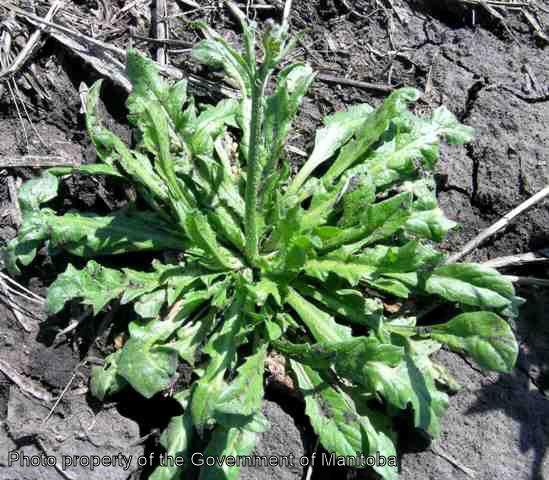 |
 |
 |
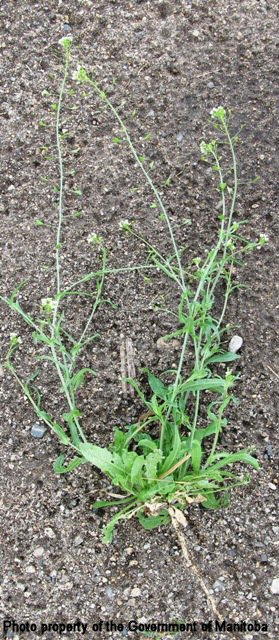 |
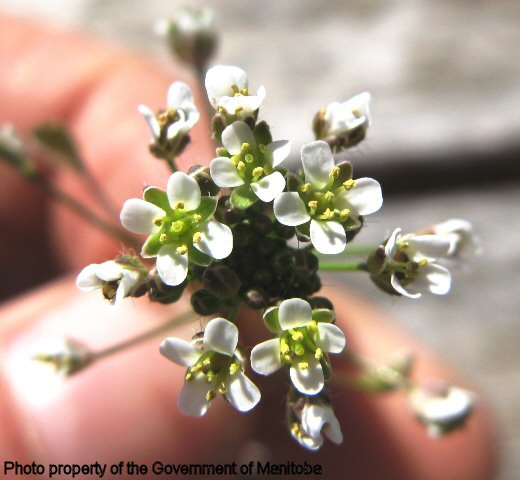 |
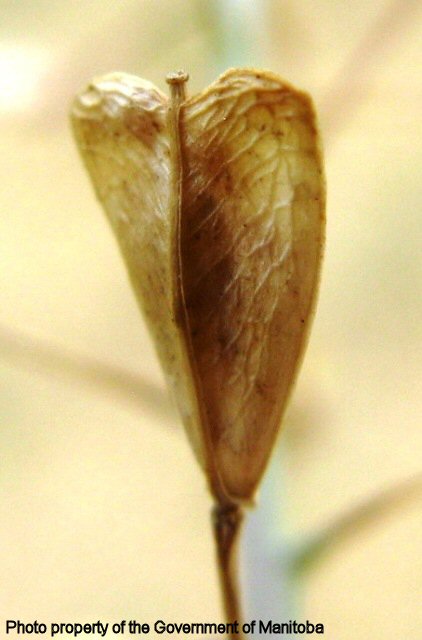 |
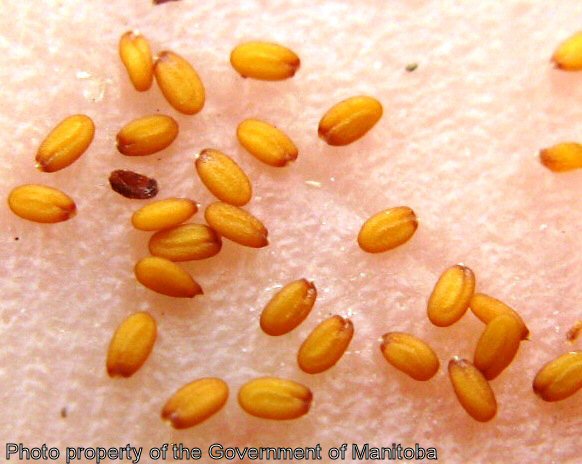 |
Biology
This weed is an annual or a winter annual. It reproduces by seed. The stems are single or branching at the base, erect, 15-50 cm (6-20 in.) high, and covered with grey hairs. The basal leaves are deeply lobed and form a rosette on the ground. The stem leaves are alternate and clasp the stem. The flowers are small with white petals. The pods are flattened, triangular, and notched at the top.
Each pod produces about 20 seeds. Shepherd's-purse produces up to 38,500 seeds per plant. Thriving in fields, gardens, and undeveloped areas throughout the Prairies, it flowers from early spring until late fall.
Scouting Techniques
Take a minimum of 20 weed counts across the field.
Effects On Crop Quality
This weed has little effect on crop quality.
Threshold/Yield Loss
Although this weed can cause yield reductions, threshold data are not available.
Control Tips
Winter annual plants that germinate in the fall or the late summer are hard to control the next spring. Therefore, it is best to control them by cultivation or a herbicide treatment in the fall before freeze-up.
Herbicides are available for control of this weed in most crops. With the exception of the herbicide tolerant canola varieties, there are no post-emergent controls for this weed in canola.

